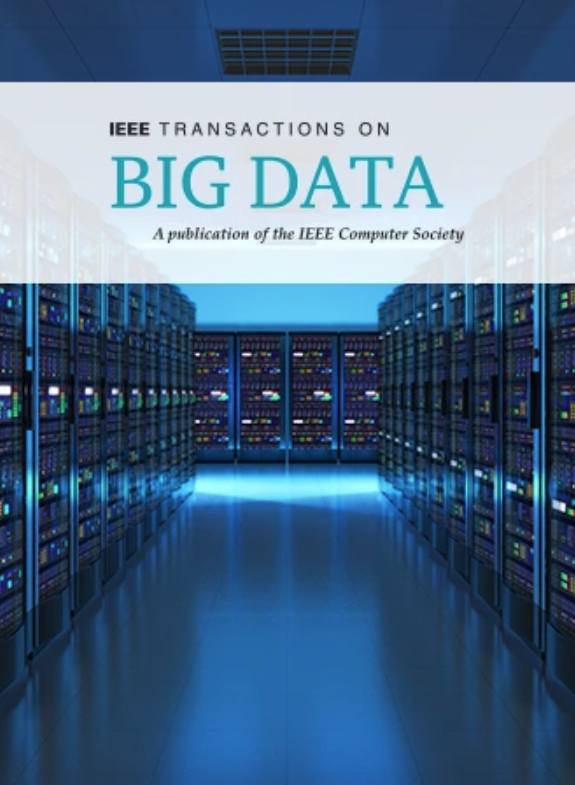Multimodal Deep Learning for Semisupervised Classification of Hyperspectral and LiDAR Data
IF 7.5
3区 计算机科学
Q1 COMPUTER SCIENCE, INFORMATION SYSTEMS
引用次数: 0
Abstract
Deep learning (DL) has emerged as a competitive method in single-modality-dominated remote sensing (RS) data classification tasks, but its classification performance inevitably encounters a bottleneck due to the lack of representation diversity in complicated spatial structures with various land cover types. Therefore, the RS community has been actively researching multimodal feature learning techniques for the same scene. However, expert annotation of multisource data consumes a significant amount of time and cost. This article proposes an end-to-end method called semisupervised multimodal dual-path network (SMDN). This method simultaneously explores spatial-spectral features contained in hyperspectral images (HSI) and elevation information provided by light detection and ranging (LiDAR). SMDN exploits an unsupervised novel encoder-decoder structure as the backbone network to construct a multimodal DL architecture by jointly training with a data-specific branch. To obtain discriminative multimodal representations, SMDN is able to guide the collaborative training of two different unsupervised features mapped in the latent subspace with limited labeled training samples. Furthermore, after a simple modification of the fusion strategy in SMDN, it can be applied to unsupervised classification problems. Experimental results on benchmark RS datasets validate the effectiveness of the developed SMDN compared over many state-of-the-art methods.基于多模态深度学习的高光谱和激光雷达数据半监督分类
深度学习(Deep learning, DL)在单模态为主的遥感数据分类任务中已成为一种有竞争力的方法,但由于在复杂的空间结构和不同的土地覆盖类型中缺乏表征多样性,其分类性能不可避免地会遇到瓶颈。因此,RS社区一直在积极研究针对同一场景的多模态特征学习技术。然而,多源数据的专家注释耗费了大量的时间和成本。本文提出了一种端到端半监督多模态双径网络(SMDN)。该方法同时探索高光谱图像(HSI)中包含的空间光谱特征和光探测和测距(LiDAR)提供的高程信息。SMDN利用一种无监督的新型编码器-解码器结构作为主干网,通过与特定数据分支的联合训练来构建多模态深度学习架构。为了获得判别性的多模态表示,SMDN能够指导两个不同的无监督特征在有限标记训练样本的潜在子空间中映射的协同训练。此外,对SMDN中的融合策略进行简单修改后,可以应用于无监督分类问题。在基准RS数据集上的实验结果验证了所开发的SMDN与许多最先进方法的有效性。
本文章由计算机程序翻译,如有差异,请以英文原文为准。
求助全文
约1分钟内获得全文
求助全文
来源期刊

IEEE Transactions on Big Data
Multiple-
CiteScore
11.80
自引率
2.80%
发文量
114
期刊介绍:
The IEEE Transactions on Big Data publishes peer-reviewed articles focusing on big data. These articles present innovative research ideas and application results across disciplines, including novel theories, algorithms, and applications. Research areas cover a wide range, such as big data analytics, visualization, curation, management, semantics, infrastructure, standards, performance analysis, intelligence extraction, scientific discovery, security, privacy, and legal issues specific to big data. The journal also prioritizes applications of big data in fields generating massive datasets.
 求助内容:
求助内容: 应助结果提醒方式:
应助结果提醒方式:


